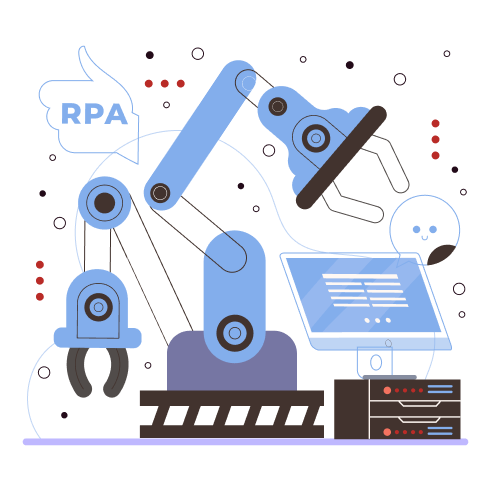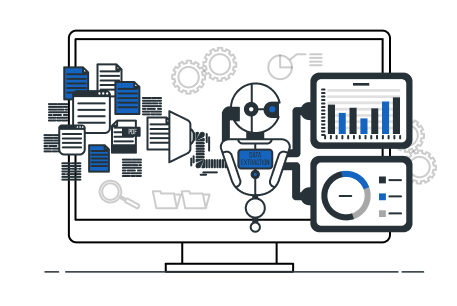Drive Logistics Success with iSQUARE's Leading RPA S
Simplify operations, save money, and enhance productivity seamlessly


The global RPA market was valued at $5.63 billion in 2023 and is expected to reach $54.57 billion by 2032.
The global RPA market was valued at $5.63 billion in 2023 and is expected to reach $54.57 billion by 2032.

The global RPA market was valued at $5.63 billion in 2023 and is expected to reach $54.57 billion by 2032.

Eliminate challenges caused by manual data entry. Automate data transfers across your systems for tasks like order processing, inventory management, and shipment tracking.

Streamline workflows with tailored automation. Achieve faster order processing, improved shipment visibility, and quicker deliveries. Your customers will appreciate the speed and efficiency!

Ensure regulatory compliance is met without the manual hassle. Automate checks and balances for tasks like document verification and audit trails, freeing up your team to focus on strategic initiatives.

Deliver exceptional service with automated customer interactions. Automate routine inquiries like order status updates and shipment tracking information. Keep your customers informed and happy.

Start for Your Streamline Logistics Journey With Our Robust RPA Solution.



Easily adapt to growing demands. With automated processes in place, you can seamlessly scale your operations to handle increasing workloads without compromising efficiency. RPA allows you to handle more shipments, process more orders, and conquer new market opportunities with ease.

Boost productivity and free up your valuable workforce. By automating repetitive tasks like data entry and order processing, RPA significantly increases operational efficiency. This frees up your employees to focus on higher-level activities like strategic planning, customer service, and optimizing your supply chain.

Minimize errors and ensure seamless operations. Manual data entry is prone to mistakes, leading to delays and rework. RPA eliminates this risk by handling tasks with perfect accuracy, ensuring smooth operations and minimizing errors that can disrupt your logistics flow.

Reduce operational expenses and boost your bottom line. RPA significantly reduces costs associated with manual labor. By automating repetitive tasks, you can streamline your workforce, minimize labor expenses, and free up resources to invest in further growth opportunities.
Our comprehensive RPA solution helps businesses to create powerful automation workflows using leading platforms like UiPath and Automation Anywhere. Our expertise ensures that these tools are tailored to meet your specific business challenges.
We also integrate these RPA solutions with popular tools like UiPath Apps for building user-friendly interfaces and ERP Odoo, a free and open-source ERP system. With this, businesses can:


Build intuitive, customized UiPath Apps for seamless interactions.


Leverage ERP Odoo to manage processes effectively without additional costs.

Automate across multiple platforms for faster, smarter operations anywhere.
We share regular talks and new updates in the industry and our experiences on new products, development through our write-ups. Welcome to our page!!. Get the recent Updates Get the recent update
Incredible, high-performing digital solutions are just a click away - let’s build them together.
Share with our experts

Thank you for getting in touch! We appreciate you contacting us isquarebs



